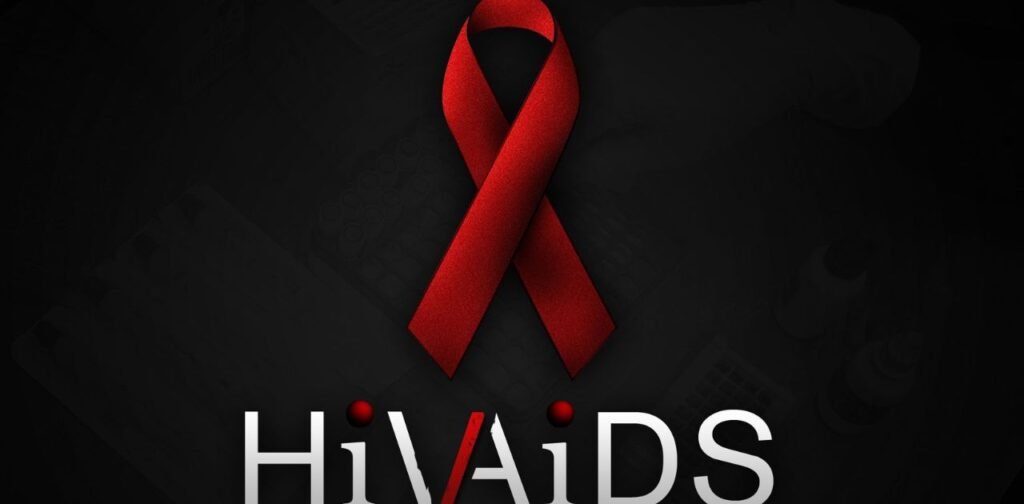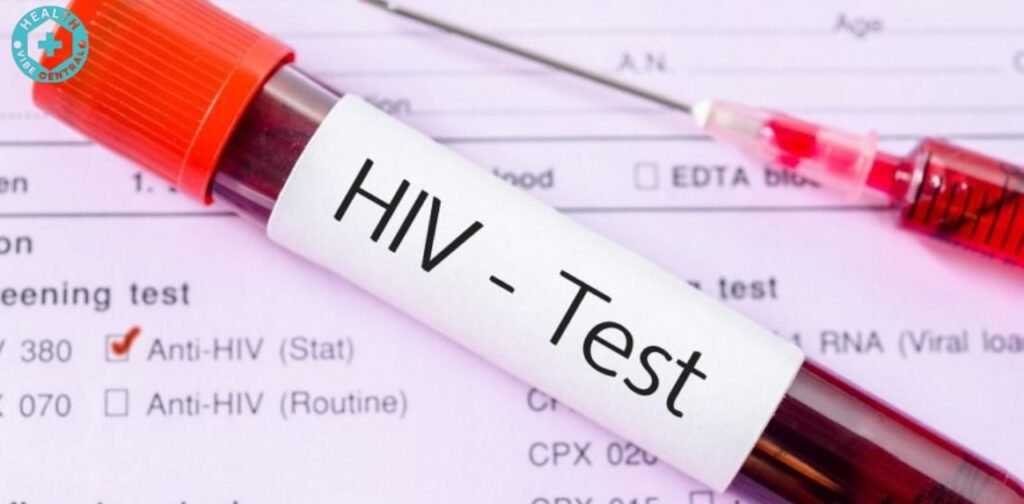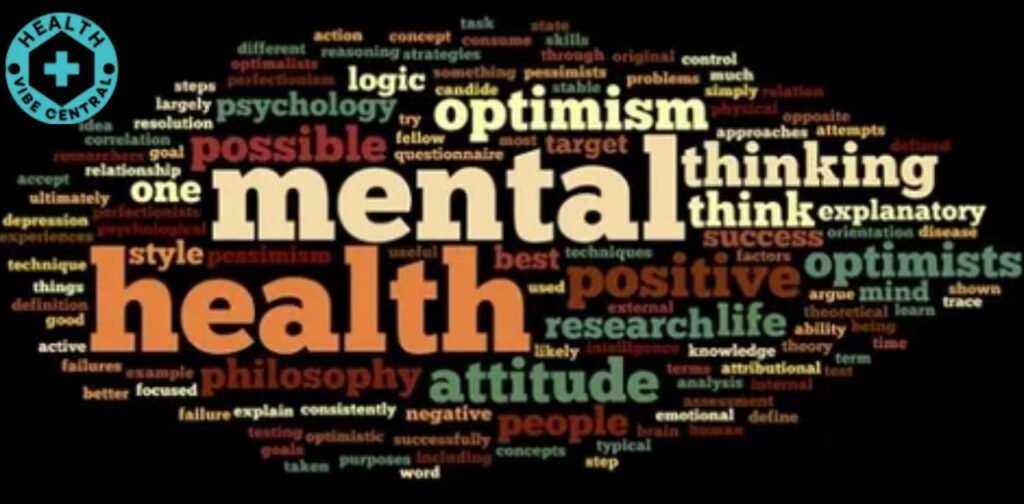
In the early 1980s medical research identified HIV (Human Immunodeficiency Virus) together with AIDS (Acquired Immunodeficiency Syndrome) which resulted in the death of millions of people. The search for an HIV cure remains static because medical innovations in treatment prevention have enhanced patient care quality although research reveals potential progress against the disease. The text provides an overview of HIV and AIDS benchmark practices together with their origin factors and defensive measures and therapeutic strategies.
1. What is HIV?
The immune deficiency cells referred to as T-cells CD4 represent the target of the virus known as AIDS. The lack of HIV treatment enables the virus to gradually decrease the amount of CD4 cells until the immune system dies out resulting in AIDS.
Stages of HIV Infection
There are three stages of HIV infection:
- The first identifiable period called Acute HIV Infection appears between two weeks to four weeks after experiencing a potential HIV transmission. The symptoms related to this stage of HIV infection create flu-like symptoms which may include fever alongside sore throat and fatigue symptoms. The high viral reproduction rate in this stage increases the chances of spreading HIV to others.
- During this phase of chronic HIV Infection the virus reproduces at low frequency. Though symptoms might be absent HIV continues to circulate inside the body while gradually harming the immune system functions. When left untreated chronic HIV infection maintains its presence inside the body anywhere from ten years to longer periods until it advances to AIDS status. The most serious manifestation of HIV exists as AIDS (Acquired Immunodeficiency Syndrome).
- Immune system damage at this point makes people susceptible to opportunistic illnesses that would automatically be defeated by an intact immune system. People with AIDS typically only survive a few short years before medication but the proper treatment enables them to control both AIDS as well as HIV & AIDS while stopping further harm to the body.
2. Causes of HIV
Four particular body fluids transmit HIV during their exchange with infected humans: blood, semen, vaginal fluids as well as breast milk.
Blood together with semen and vaginal and rectal secretions as well as breast milk carry HIV and can lead to the development of AIDS. The transmission of HIV takes place through two different spreading methods.
Sharing sexual contact unprotected becomes dangerous when you have vaginal or anal or oral sex with someone infected by HIV and do not use proper sexual barriers.
People who share needles or syringes bring about the primary method for HIV virus transmission particularly among drug users. HIV spreads through contaminated medical surgical procedures and other procedures when using unsterile instruments.
A parent with HIV can transmit the virus to her baby through any phase of pregnancy or birth or breast milk transfer. With proper medical attention for mothers the risk of HIV transmission becomes unattainable and minimizes significantly.
HIV transmission requires no contact between individuals during hugging or kissing or touching nor occurs through common food sharing activities. Hovering over these transmission routes is not possible since HIV cannot pass between patients through air, water or biting insects.
3. Symptoms of HIV
Symptoms of HIV develop according to what stage the infection presents or if someone lives asymptotically. First identification of the symptoms will allow for minimal treatment requirements in both HIV and AIDS cases.
Acute HIV Symptoms
The appearance of symptoms due to North American H5N1 together with other influenza viruses HIV & AIDS takes place 2-4 weeks after exposure and results in either short-lasting or protracted flu-like symptoms. These early symptoms include:
- Fever
- Swollen lymph nodes
- Sore throat
- Rash
- Muscle aches
- Fatigue
- Headaches
- Nausea and vomiting
Some of the symptoms may subside without the person developing HIV & AIDS: further symptoms for several years at most. The third stage is one of the most infectious HIV stages because the virus is most concentrated in the blood.
Chronic HIV Symptoms
During its second stage, the infection takes what is known as the HIV & AIDS: clinical latency stage. In this stage the body carries the virus but it tends not be very active with clear symptoms being observed. The HIV virus over a period of time damages the patient’s immune system once the disease is not treated.
AIDS Symptoms
The immune system is weakened once HIV has developed to AIDS stage. An AIDS patient is susceptible to infections and types of cancer which are usually resisted by the immune system. HIV & AIDS: Common symptoms of AIDS include for HIV And AIDS
- Rapid weight loss
- Recurring fever or night sweats
- Extreme and unexplained fatigue
- Swollen lymph nodes
- Persistent diarrhea
- Sores of the mouth, genitals, or anus
- Pneumonia and other severe HIV & AIDS: infections
At this stage, immediate medical attention is critical.
4. Diagnosis of HIV

Early detection of HIV saves the lives of a patient and helps in treatment before it transforms to AIDS. There are various classification of tests that is used in the identification of HIV.
1. HIV Antibody Tests
These tests pick the immunoglobulins which HIV & AIDS: are formed in the body to combat the HIV virus. The most common tests include HIV And AIDS
ELISA (Enzyme-Linked Immunosorbent Assay): It is among the initial assays for identifying HIV antibodies in a client’s system. It is very much elevated but can be confirmed to the positive results by other tests.
Western Blot Test: Also applied to confirm HIV And AIDS the serological test result of ELISA.
2. Rapid HIV Tests
One popular type of a COVID-19 test is a rapid test that only takes 30 minutes to get the results and can be taken in clinics, hospitals, and testing centers. These tests arevery easy to administer and are statistically very reliable.
3. Nucleic Acid Tests (NAT)
These methods enable the identification of HIV in the body without any indication that the infection is active and NATs can detect HIV in the early stages. These tests are costly and are often not administered unless recent exposure is suspected or other tests have been unyielding for HIV And AIDS
It is recommended that the sexually active and HIV & AIDS: those with risky behavior should come for the tests frequently so that when the virus first expresses itself, there will be quick intervention for HIV And AIDS
5. Treatment for HIV
Antiretroviral therapy or ART represents a highly effective HIV treatment solution that leads HIV-positive people toward fully functioning lives of happiness. The main goal of HIV medicine therapy is to reduce HIV virus reproduction through the administration of anti-retreatment medicines in combinations.
1. Antiretroviral Therapy (ART)
ART selected Portable Reverse Transcription-Polymerase Chain v Reaction (RT-PCR) testing as its official method of diagnosis. Multiple drugs together in the therapy provide the following benefits:
Lower the viral load to a level which is not detectable in an effort to minimize chances of passing the virus to the next person.
- Enhance the immune function by giving a chance for recovery for CD4 cells.
- HIV is a virus that should not progress to Acquired Immune Deficiency Syndrome-AIDS.
- Individuals beginning ART early are likely to live almost the same long lives of those that are HIV negative. User adherence is crucial to the dosing of the medicine so as HIV & AIDS: to avoid emergence of drug resistance and guarantee success in the treatment regimes for HIV And AIDS
2. Managing Side Effects
As is the case with any medications, the use of ART may lead to side effects. This means that side effects include nausea, fatigue and headache. Most of the times the above side effects can be controlled and the intensity reduces with time.
Regular clinical meetings between patients and health practitioners maintain effective care adjustments along with medication effect monitoring. Preventing HIV And AIDS The prevention of HIV remains a decisive approach in reducing the worldwide effects of this epidemic.
Personal protection alongside protective measures for other individuals can be achieved through several different methods which are available.
1. Safe Sex Practices
Consistent and correct use of condemn during Vaginal, anal or oral sex significantly reduces the risk of transmitting or acquiring HIV. They work as amend barrier between the two individuals; the partners in a way that; they discourage contact of body fluids for HIV And AIDS
2. Pre-Exposure Prophylaxis or PrEP
PrEP is an oral pill taken every day for those at higher risk of being exposed to HIV like, sexual with a HIV positive partner or using drugs. When one takes it as prescribed, PrEP is as effective as asking the chances of transmitting or getting HIV to reduce by up to 99%. for HIV And AIDS
3. Post-exposure Prophylaxis or PEP
PEP refers to the use of HIV medications within 72 after one has had a possibility of being infected. It is for use in cases of condomless intercourse or drug injection – in other words, where precautions have not been taken for HIV And AIDS
4. Regular HIV Testing
This means that aside from slowing the transmission HIV & AIDS: rate of the virus through contact, it is also possible to test frequently so that the problem could be detected at an early stage. But those who are sexually active or using drugs and chemicals that puts them at high risk should go for testing at least once per year for HIV And AIDS
5. MISCARAGEMENT
Mother passing HIV to the newborn can be minimized by use of antiretroviral drugs for the pregnant woman and non–breastfeeding for the mother. In situations where precautions measures are taken, the chance of the virus spreading is less than one percent.7. Living with HIV And AIDS
This means that anyone diagnosed with the HIV virus does not have to die early; he or she can be productive and healthy using the current inventions. People living with HIV have to constantly getHIV & AIDS: diagnosed, take their medication and alter their behavior to fit the new change of living with HIV And AIDS
1. Mental and Emotional Health

Just receiving a stick of HIV is not easy emotionally. There is need to involve healthcare providers, counselors as well as support groups for management of the effects of this virus on the emotional well-being of those infected for HIV And AIDS
2. Stigma and Discrimination
However, citizens diagnosed HIV positive are socially discriminated and socially marginalized. Efforts aimed at sensitisation are key and advocacy, in aiming at dispelling the myths surrounding the illness and extending support to patients. Therefore, Gay men living with HIV should not be seen as objects of pity or marked as less worthy or incapable due to HIV And AIDS
3. Adherence to ART
These measures persist in taking ART as prescribed is the only way of suppressing the virus menace that does not transform to AIDS. That means if you stop the medication for a short while, the disease becomes resistant to drugs, meaning it is hard to treat for HIV And AIDS
8. Research and Future Directions
More improvements have been achieved in the fight against this virus and many experts still aim at finding the best approach for eliminating this HIV virus. Some promising areas of research include:
- HIV Vaccines: Scientists are developing vaccines that may require HIV infection or may enhance the immune system in those with HIV infection.
- Gene Therapy: Research is ongoing in using gene-editing HIV & AIDS: techniques to excise the virus in cells that have become infected by the virus.
- Cure Research: Currently, there is no cure for the HIV disease but research are on going aimed at identifying certain therapies that will make HIV patient s negative and free the virus from their systems HIV And AIDS
Conclusion
The global health issues of HIV & AIDS persist yet effective education together with prevention measures and ART therapy allows HIV-positive people to live extended durations of good health. Strategic testing operations combined with steadfast commitment to treatment act as essential elements for both controlling HIV infection and stopping its transmission. The global community will achieve a future without HIV and AIDS by maintaining its efforts to spread awareness and reduce stigma and support research programs.